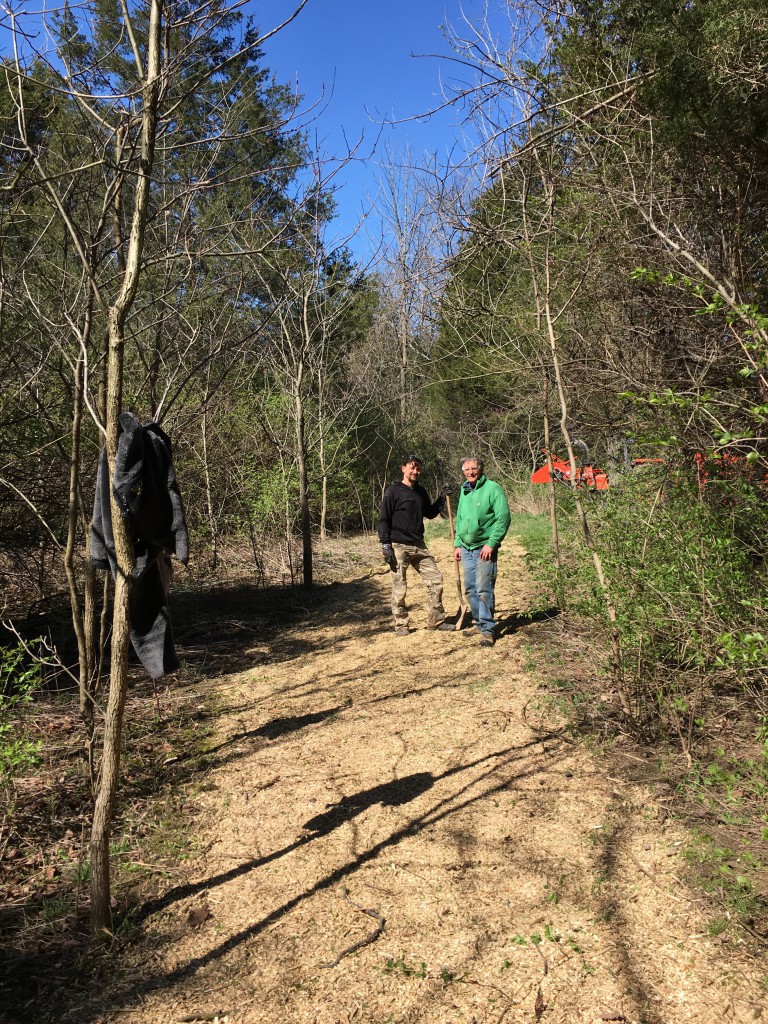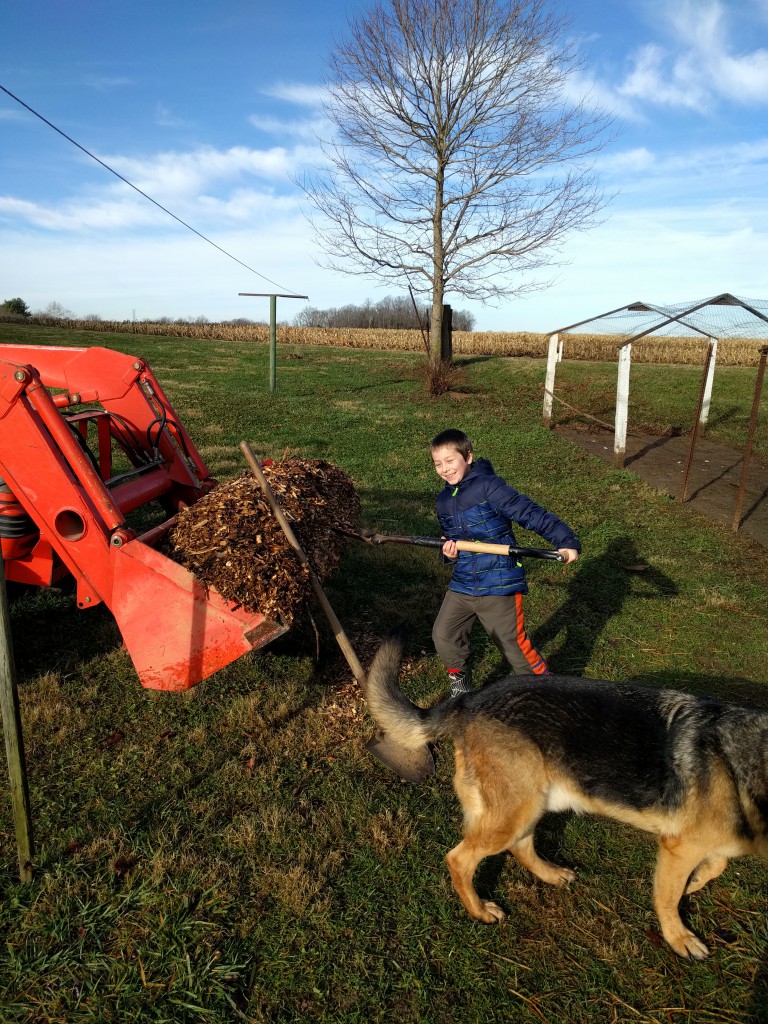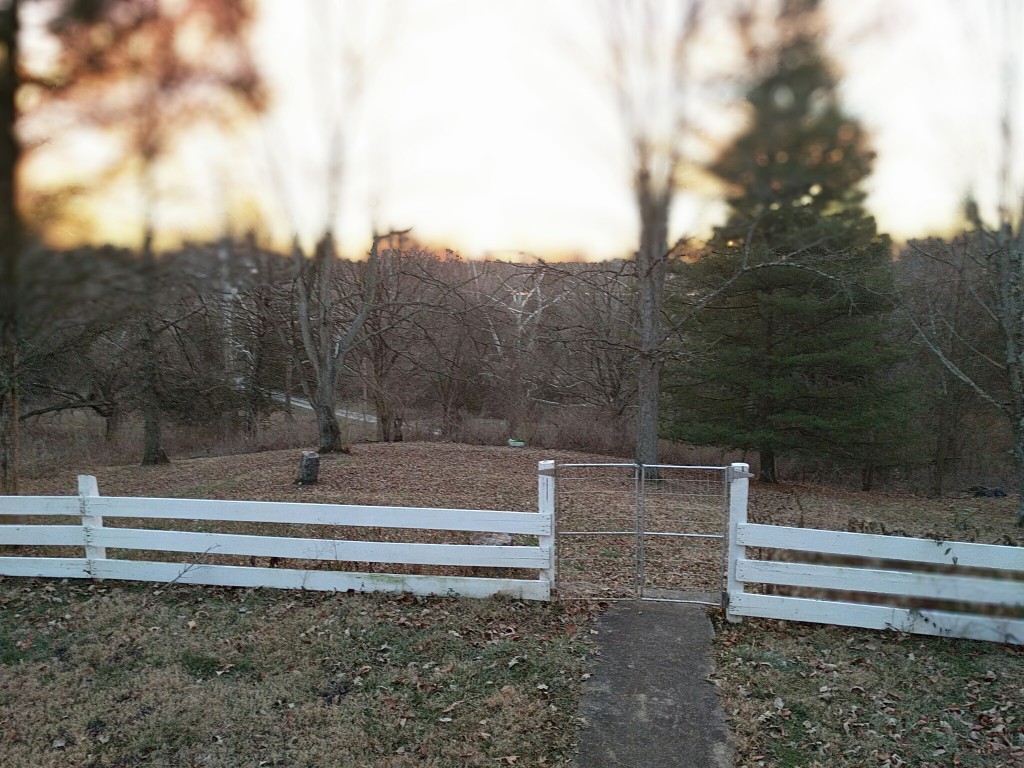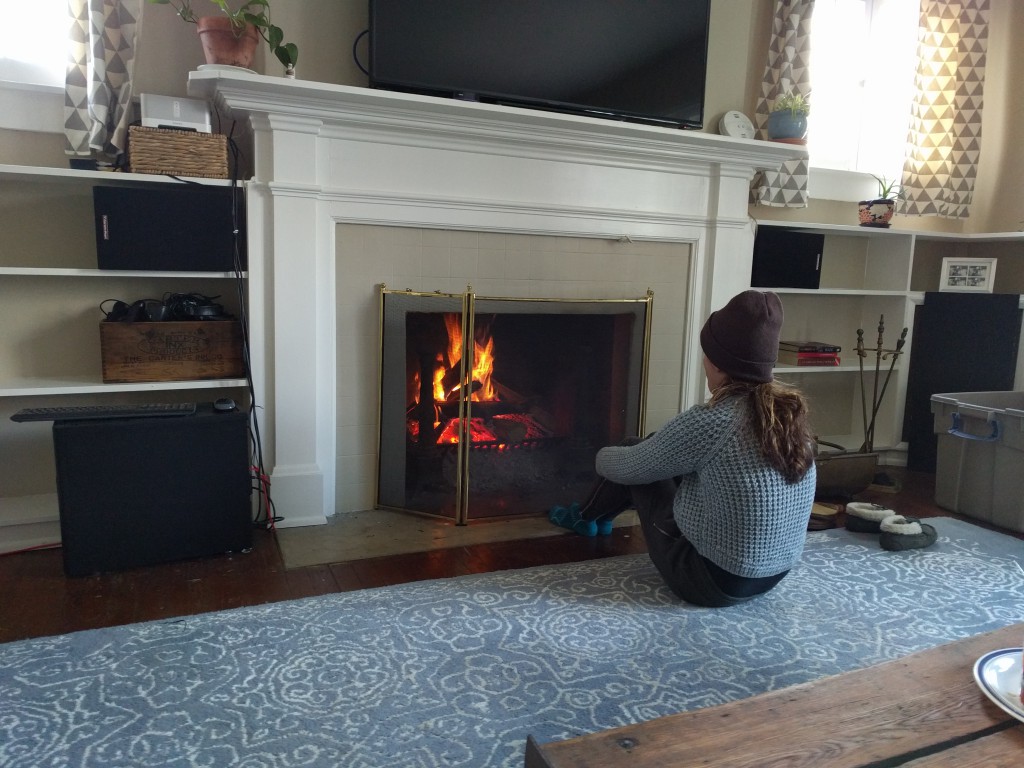What is Bush Honeysuckle?
Bush Honeysuckle is a general term for a couple of invasive, deciduous honeysuckle shrub species that are taking over our wooded areas with the speed of the Nazi invasion of Poland. Bush honeysuckles grow to heights of 6 to 20 feet (1.8 to 6 meters), with opposite, entire leaves, and often the older branches are hollow. They are ubiquitus, unapologetically unkempt, and play dirty (it is suspected that bush honeysuckles may produce allelopathic chemicals that enter the soil and inhibit the growth of other plants, preventing native plants from competing with the shrub).

Morrow Bush Honeysuckle
The spread of bush honeysuckle is generally accomplished by birds. Fruits are consumed readily upon ripening during summer. Bush honeysuckle plants commonly are found growing under tall shrubs or trees that act as perch areas for birds.
Bush honeysuckle is the first to grow leaves in the spring, blocking out all the other native species and ensuring its continued dominance. The Nature Conservancy gives a good synopsis of the situation:
According to Purdue Extension forester, Ron Rathfon, these invasives were planted throughout the state in the 1950’s and 1970’s. Several state forestry and wildlife agencies promoted bush honeysuckle as a great ornamental in home and urban landscaping. It was also touted as a great way to control erosion, and to create wildlife cover and food sources.
Unfortunately, they were wrong. Asian bush honeysuckles pose problems due to their rampant and aggressive growth behavior. They form dense thickets that block sunlight, and prevent anything from growing underneath. Thus, native plants are pushed out, while new shoots are able to grow due to the bush’s high shade tolerance.
What are we doing about it?
Well, it’s not generally fun or easy to get rid of them. The wood quickly dulls chainsaws and chippers, and they will grow back directly from the stump of a previously cleared shrub.

Fresh stump – it’ll just grow back next year
Since they are first to grow leaves in the spring, many official sources recommend hitting them with Roundup – one of the most popular defoliants – before any other plants come alive. We are generally adverse to overuse of herbicides, and have avoided this particular method so far, though it might end up being the only effective solution, since clearing bushes can often actually clear up space for more bushes to grow alongside the oe that will grow back anyway, compounding the problem.
 Bob discovered a more targeted approach by using Tordon on the stumps just after clearing a shrub, which prevents it from growing back the next year. So far, this has worked, though unfortunately still requires huge amounts of human labor to clear the shrubs in the first place.
Bob discovered a more targeted approach by using Tordon on the stumps just after clearing a shrub, which prevents it from growing back the next year. So far, this has worked, though unfortunately still requires huge amounts of human labor to clear the shrubs in the first place.
Since the south loop trail has been cleared, we now have better access to some parts of the woods that we previously unreachable by tractor, and so provides a decent launching-off point for shrub clearing sorties. The wood chipper allows us to remove the bulky dead bushes, and so far has been used to some effect on the trail surfaces.
With any luck and a lot of hard work, we hope that some day the better WWII metaphor will be that of Operation Barbarossa instead, and we can reclaim our wooded areas from these nefarious species.

Feeding bushes into the hungry chipper

Ariana sporting the latest in fashionable safety wear

Nick & Bob showing off a previously muddy section of trail – thanks, Bush Honeysuckle!
 Chanticleer Farms
Chanticleer Farms





